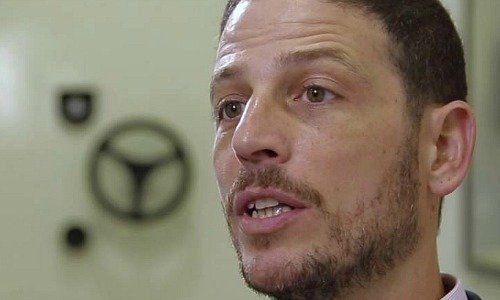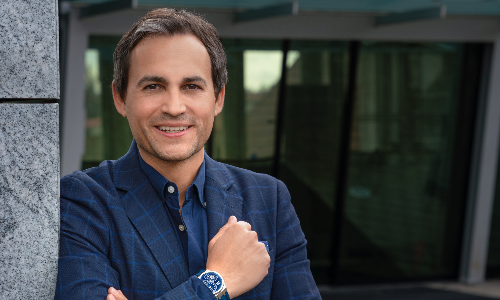With trust in traditional financial systems eroding fast, and geopolitical instability on the rise, more high-net-worth clients are developing their portfolios to include tangible assets, such as gold, art and precious stones.
Hong Kong based company J. Rotbart & Co. began operating in May this year to provide bespoke bullion procurement and liquidation services to high-net-worth (HNWI) clients around the world. Within the first three months of trading, it secured more than 50 new clients and in excess of 20 tons of metals were sourced through its international network, Founder and Managing Partner Joshua Rotbart told finews.asia.
This proves that gold bullion is one asset class seemingly unaffected by the current unstable political and economic climate. Key themes for this trend were the continued loosening of global monetary policy, Brexit, the coming U.S. elections, and the slowing pace of U.S. interest rate hikes. «Gold remains an important element of the global monetary system as Russia and Kazakhstan continued buying metal,» Rotbart said.
Safer Storage in Asia
But the need is not just coming from Asia, more European and American HNWI are looking to Hong Kong and Singapore as the safest jurisdictions in the world to house their tangible assets, even ahead of countries such as Switzerland.
In response logistics companies are quickly expanding their operations and bullion dealers are opening representative offices in the Asia-Pacific region. In the region, Malca-Amit Singapore, Asia’s largest vault operator, reported their facilities are 70 percent full. Over 90 percent of stored items are precious metals.
Still Ahead of the Curve
«The demand for services related to gold and other precious metals has been on the rise for six consecutive years. Considering the turbulence in the financial markets, geopolitical tensions and shifts in the financial and governmental systems, HNWI are buying precious metals and other tangible assets as a trusted way to secure their wealth and pass it to the next generation.
«The figures I saw in the last few years were staggering but we are still ahead of the curve,» said Rotbart.



























